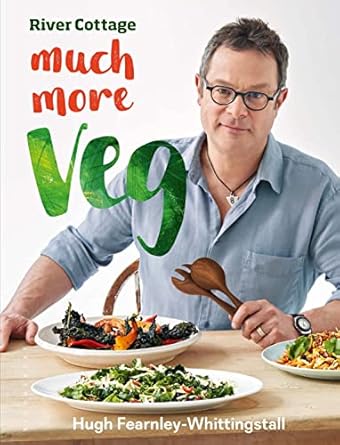Rhubarb

NUTRITION
Rhubarb is a good source of fibre and contains moderate levels of vitamin C and calcium. Studies have linked the fibre from rhubarb in the diet with reduced cholesterol levels.
The outlandishly coloured vegetable that thinks it's a fruit. Rhubarb makes deliciously comforting puddings but its sharpness works extremely well with meat and oily fish dishes (the duck recipe below is a resounding success).
Forced rhubarb (grown in the dark) has yellowish leaves and usually appears in January. The field-grown variety replaces it around April and is less tender but often more flavourful.
HISTORY
Rhubarb was used as a medicine in ancient China. It was brought to Europe by Marco Polo and has been eaten as a food since the eighteenth century.
BIOLOGY
Rhubarb is a member of the family Polygonaceae and is related to sorrel. It grows best in cool climates and the effect of forcing was discovered by accident at the Chelsea Physic Garden early in the 19th century.
TIPS
BUYING
Choose crisp, firm, plump stalks with good colour.
STORING
Kept in the fridge, fresh rhubarb will stay in reasonable condition for
1-2 weeks. Raw and cooked rhubarb freeze well.
PREPARING
Wash and trim both ends of the stalks, and discard the poisonous leaves.
Rhubarb, in particular the later field-grown variety, is very tart and
requires considerable sweetening. As with other relatively acidic foods
it is recommended that it is not cooked using aluminium pots.
MISCELLANY
The variety Irish Giant grows stems up to 1.5m long and several inches in diameter.
Genius 1970's children's cartoon Roobarb and Custard is now available on DVD.
IN OUR FAVOURITE BOOKS
To support site running costs, we participate in the Amazon affiliates scheme and book links take you to the relevant Amazon page.
 Includes a recipe for
Includes a recipe for Pannacotta with orange & rosemary roasted rhubarb
 Includes a recipe for
Includes a recipe for Beetrrot and rhubarb soup
 Includes a recipe for
Includes a recipe for Rhubarb upside-down cake


